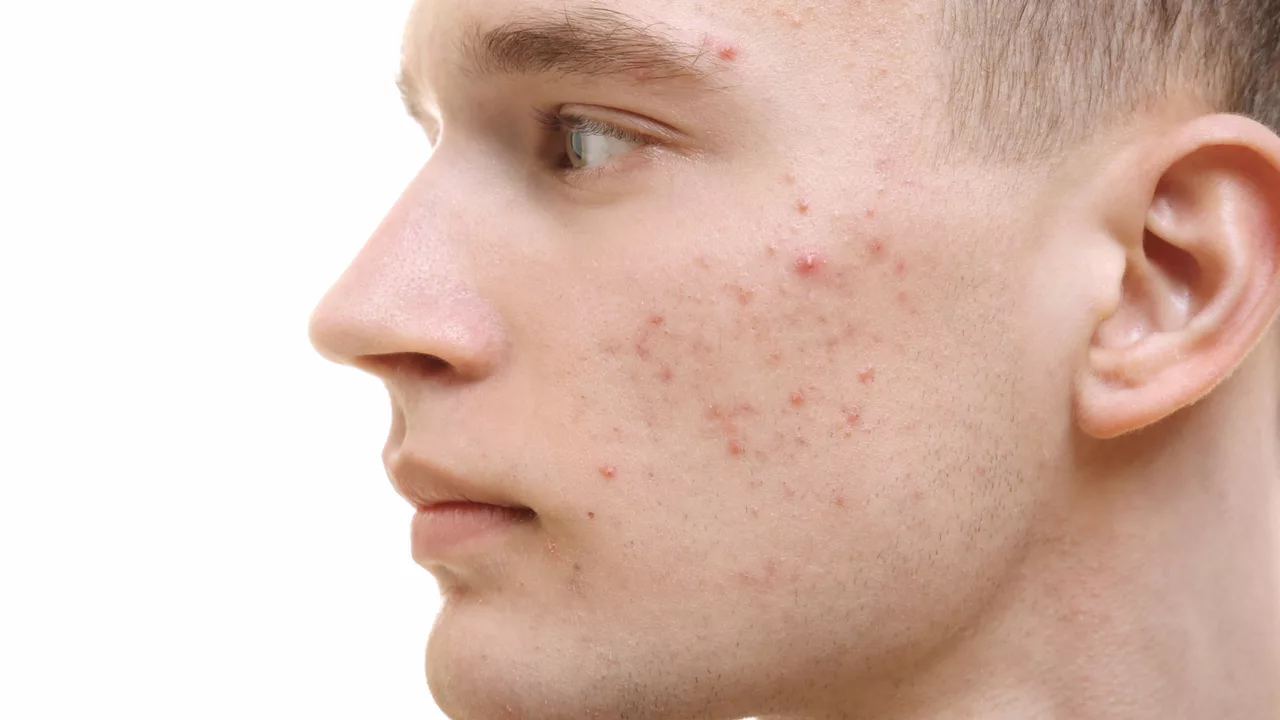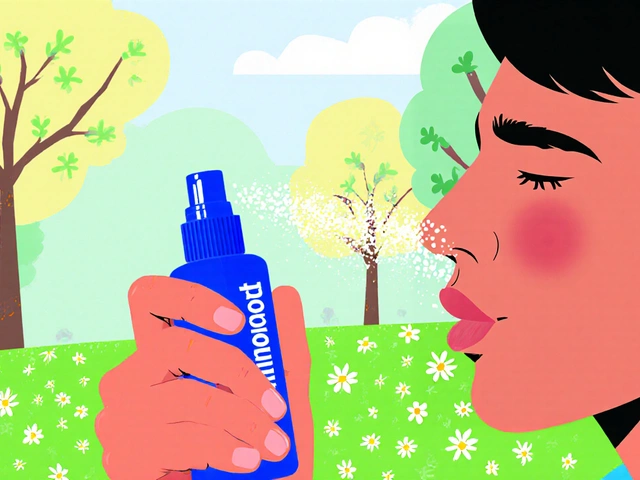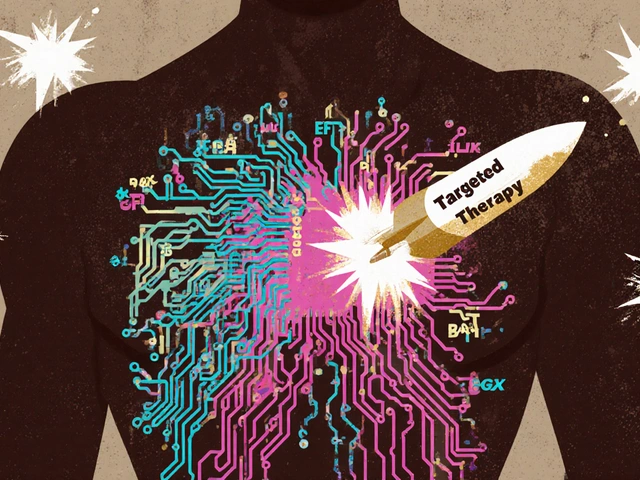Acne treatment: real steps that actually help
Tired of waking up to a new zit? Acne feels personal and stubborn, but you don't need miracle cures—just clear, practical steps. This guide covers what to try first, what needs a prescription, and how to avoid making things worse.
Start with a simple routine
Cleanse gently twice a day with a mild, non-foaming cleanser. Over-washing and harsh scrubs strip skin and make acne worse. After cleansing, try one targeted active: benzoyl peroxide 2.5–5% for bacteria and inflammation, or salicylic acid 0.5–2% to unclog pores. Use products in small amounts and only on problem areas at first.
Adapalene 0.1% (an OTC retinoid) helps speed cell turnover and prevent new pimples. Apply retinoids at night and expect dryness for a few weeks—add a light, non-comedogenic moisturizer to reduce peeling. Always patch-test new products on the jawline or inner arm for 48 hours.
Key tip: introduce one new product at a time and give it 6–8 weeks before judging results. Mixing lots of actives at once often causes irritation, not faster clearing.
When over-the-counter isn’t enough
If OTC options don’t help after 8–12 weeks, or if your acne is red, painful, or leaving marks, see a doctor. Prescription options include topical antibiotics combined with benzoyl peroxide, stronger retinoids like tretinoin, and oral antibiotics for short courses (usually 3 months) to reduce inflammation. Doctors avoid long antibiotic use because of resistance.
For women with hormonal acne (lower face, jawline, or acne that flares with your cycle), combined oral contraceptives or spironolactone (often started at 50 mg) can work well. Isotretinoin is the most powerful option for severe cystic acne but requires careful monitoring because of serious side effects and pregnancy risks.
Practical extras: use oil-free, non-comedogenic sunscreens and makeup; avoid heavy oils and comedogenic hair products; don’t pick or pop pimples (that causes scars); wash pillowcases weekly. If you shave, use a clean razor and shave lightly to reduce irritation.
Expect honest timelines: mild acne can improve in 6–12 weeks, hormonal or inflammatory types often need months of treatment, and scars may require separate care like lasers or microneedling.
If acne affects your confidence or mental health, mention that to your provider—treatment can and should consider how you feel, not just how your skin looks. Be patient, stick to a routine, and ask for help when progress stalls.
Want help picking products for your skin type? Reach out to a dermatologist or look for trustworthy clinic resources to match actives to your routine safely.

So, get this folks! Our gut, the unsung hero, may be pulling the strings behind the dreaded nodular acne. Yes, you heard it right! It's not just about too much chocolate or greasy food anymore. It seems like our gut health, that complex system of microorganisms partying in our digestive tract, could be giving the marching orders to those unruly acne breakouts. So, here's a shout out to probiotics, fiber-rich diets, and gut health for potentially leading us out of the dark ages of acne into a pimple-free future. Now, isn't that a gut-busting revelation?
Continue Reading





